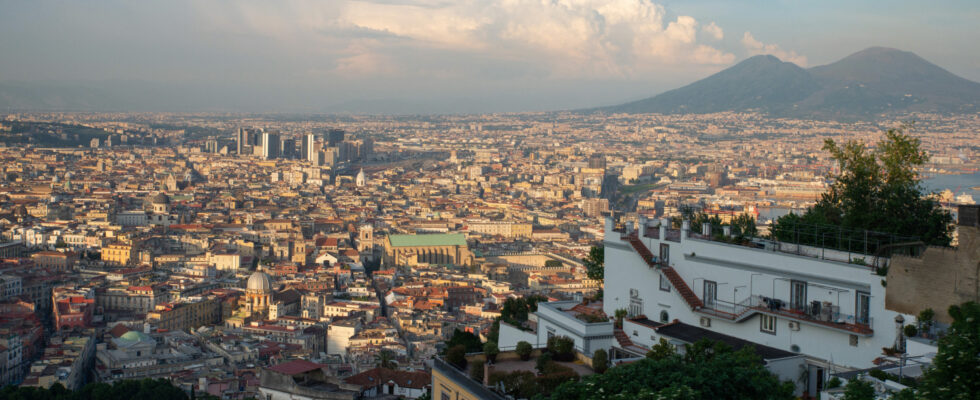Dozens of seismic tremors of an intensity not seen in 40 years were recorded Monday evening on the Phlegrean Fields, near Naples, in southern Italy, without causing major damage but sowing panic among residents, reported authorities. A tremor with a magnitude of 4.4 was recorded at 8:10 p.m. local time (6:10 p.m. GMT), at a depth of 2.5 kilometers, announced the National Institute of Geophysics and Vulcanology (INGV). It was preceded a few minutes earlier by a 3.5 magnitude tremor and followed by dozens of aftershocks.
“Since 7:51 p.m. (5:51 p.m. GMT, Editor’s note), a seismic swarm has been underway in the Phlegrean Fields region”, a volcanic zone, and “49 earthquakes have been measured”, the institute said in a press release shortly before midnight. According to Mauro Di Vito, of the INGV, “this is the most powerful seismic swarm in the last 40 years”. Firefighters reported on the social network in the Phlegrean Fields activity zone in which half a million people reside.
Open accommodation centers
Schools will remain closed on Tuesday in Pozzuoli where accommodation centers have been opened and tents set up in a car park and a seaside square to accommodate panicked residents, the town’s mayor, Luigi Manzoni, announced on Facebook.
The INGV does not rule out further tremors during the night. The volcano, which extends over a perimeter of 15 by 12 km, has the typical flat-bottomed depression left after an eruption. This is the largest active caldera (“boiler” in Spanish) in Europe, located on the borders of the seaside municipalities of Naples and Pozzuoli. In this region, the Phlegrean Fields are dwarfed by the whole nearby Vesuvius, which dominates the Bay of Naples and whose eruption wiped Pompeii off the map in the year 79.
Towards a disaster scenario
The Phlegrean Fields, an eruption of which 40,000 years ago affected the planet’s climate, are worrying local residents and scientists due to a resurgence of its activity due to gases emitted by the magma and which put pressure on the surface by cracking the ground. “We have to live with fear all the time,” said a resident of Pozzuoli on the public channel Rainews. “How long the buildings will be able to hold out while experiencing all these shocks, that’s what we wonder, they are not made to absorb so much.”
“The earth continues to rise at the rate of two centimeters per month, this is a higher rate than last year, and it seems that this must continue unfortunately,” estimated volcanologist Mauro Di Vito on the Canale channel. 21. The disaster scenario, namely the expulsion of lava, ashes and stones, is however improbable in the near future, according to specialists.
